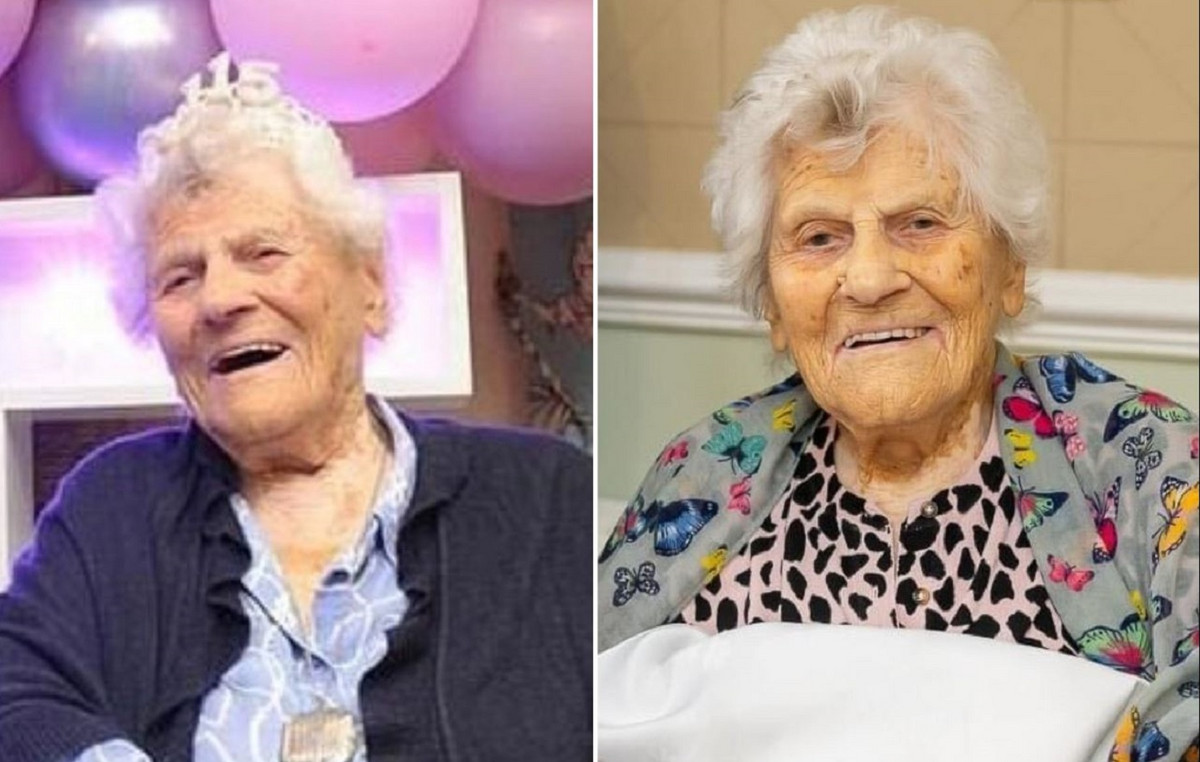At the moment, it is impossible to say with certainty that foldable smartphones have conquered the market and users are headlong running to the store for a new gadget from this segment, but large companies are very actively working in this direction. Actually, now smartphones with a folding design are available from all major manufacturers, and Samsung is the undisputed market leader. Only Apple does not have a folding smartphone, although insiders stubbornly claim that the manufacturer is already working on its own model. And yesterday, January 15, the information publication Patently Apple received a very strong confirmation of this.
The fact is that journalists from an information publication stumbled upon a patent application filed by Apple with the US Patent and Trademark Office. This patent application quite accurately describes a special coating designed to protect the display of a folding device. In the specifications of the patent, Apple experts indicate that this protective coating will prevent wrinkles and cracks on the display surface of a gadget with a folding mechanism, whether it be a smartphone or tablet. This may indicate that the company is working on a similar smartphone and does not rule out the possibility of creating a foldable tablet computer.
Actually, this is the main problem that does not allow using folding devices for a long time – after a large number of openings and closings of the hinge mechanism, microscopic cracks appear on the protective layer of the flexible display at the fold, and the crease in the center of the display is visible almost immediately and it scares away many buyers. Apple came up with a special structure for the protective layer of a flexible display, which should fill microcracks in a timely manner, significantly slowing down the process of large cracks at the fold. To do this, the coating had to be created on the basis of two layers at once.
A special coating is applied over the display’s touch panel. One of the coating layers is represented by a transparent foundation substrate, the thickness of which is about 150 microns. An additional harder layer with a thickness of 1 to 200 microns is applied over the base. It is the second hard coating that allows the company to implement tear protection – thanks to its special structure, this layer is able to provide resistance to chips, scratches, cracks and dents. True, it is worthwhile to understand that large companies often receive patents, which they then never use, so in reality this does not mean anything.
Source: Trash Box
Charles Grill is a tech-savvy writer with over 3 years of experience in the field. He writes on a variety of technology-related topics and has a strong focus on the latest advancements in the industry. He is connected with several online news websites and is currently contributing to a technology-focused platform.


.jpg)




